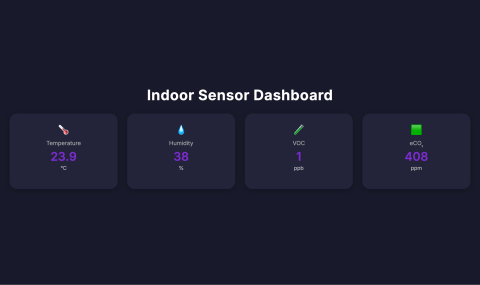Derived from my recent talk at the State of Open Con ‘24 in London, this blog post chronicles Screenly’s evolution from its initial days utilizing Raspberry Pi to its pioneering status in the digital signage industry, with a forward-looking perspective on open hardware.
The Inception of Screenly
Our adventure began in 2012 in Sweden, where my co-founder and I acquired a digital signage business facing closure. Armed with several screens but devoid of software, we embarked on a mission not just to salvage this business but to innovate within the digital signage space. Initially relying on the Asus EEE PC, we quickly identified the need for a more cost-effective, scalable solution.
The Raspberry Pi Era
The introduction of Raspberry Pi was a game-changer for us, dramatically lowering costs and offering the flexibility we needed to scale our solution. This period was marked by significant growth and learning, as we navigated the capabilities and limitations of the Raspberry Pi. We faced challenges, notably in storage reliability and security, underscoring the need for a more robust solution.
Expanding Beyond Raspberry Pi
The global pandemic highlighted the vulnerabilities in our supply chain, prompting us to explore alternatives to Raspberry Pi. The development of the Screenly Player Max, a NUC-style computer, was a direct response to these challenges, offering improved performance and security features necessary for our platform’s growth.
Looking Ahead: Coreboot and SBOM
As we plan for the future, coreboot and the concept of a Software Bill of Materials (SBOM) are at the forefront of our exploration. While we have not yet adopted these technologies, their potential for enhancing security and transparency in our operations is clear. Coreboot offers an open-source alternative for BIOS, promising greater control and security at the hardware level. Similarly, SBOM presents an opportunity to better understand and manage the software components we rely on, ensuring our platform remains secure against emerging threats.
The Quest for Open Hardware
The journey towards open hardware is complex and filled with challenges, particularly as we consider the limitations of current RISC-V offerings for our needs and the broader goal of achieving a fully open-source hardware platform. Despite these challenges, our exploration continues, with MediaTek and Rockchip emerging as promising alternatives that align with our cost and performance criteria.
Conclusion: A Path Forward
Screenly’s journey from using Raspberry Pi to exploring the cutting edge of open hardware is a narrative of innovation, resilience, and the pursuit of security and efficiency in digital signage. As we look to the future, our commitment to the open-source community and the principles of openness and transparency remains unwavering. We are excited about the possibilities that coreboot, SBOM, and open hardware hold for our platform and the industry at large.
Our journey is far from over. Join us as we explore these new frontiers in digital signage, striving to make it more secure, efficient, and impactful.





